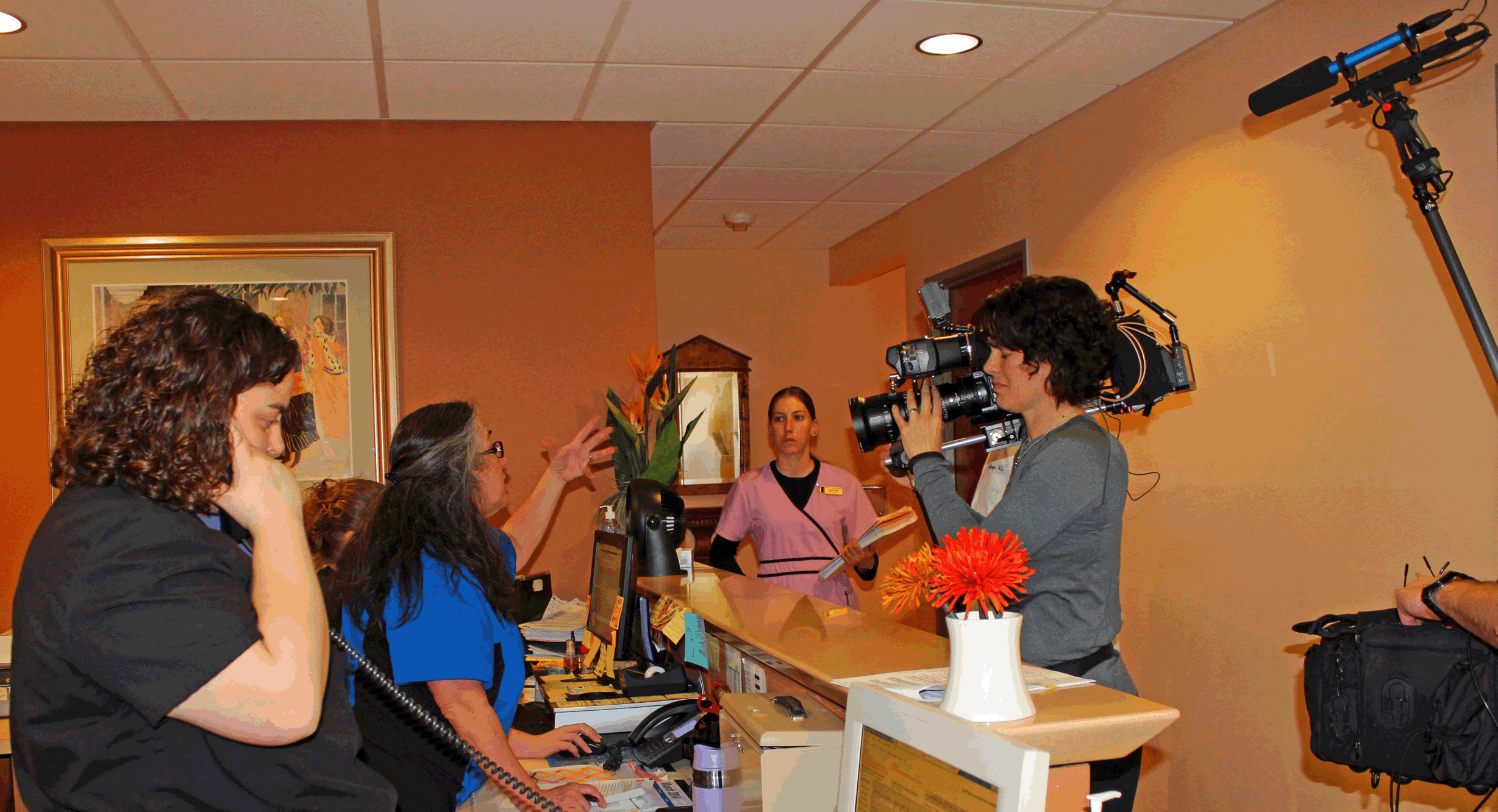How to Get Your Healthcare Stories Media Coverage
When I tell people that one of the ways I help build brand awareness is by earning media coverage they immediately say something like, “You must know the reporters. You have connections, right?” Actually, no I do not. I left the television news business 10 years ago and I don’t know many reporters any more. Most of them were in college when I was in the business. I have developed relationships with reporters I have worked with but getting media coverage still comes down to having the right ingredients. Relationships help but other factors are far more important.
In my career, I have been able to consistently earn media coverage. This was in large part because I had great content at my fingertips, stories with a perfect blend of science and humanity. I just had to package the story correctly so the media could appreciate its inherent appeal. In my six years in the fertility industry, we had stories covered by New York Times, CNN, , The Doctors,USA TODAY Network, ABC News and hundreds of other local and national media outlets.. All told more than 500 media placements in six years.
The good news is that with the right approach, media coverage is an attainable goal for all. Here are seven steps to keep in mind when vying for media coverage.
- You have to have a good story. It has to be unique, interesting, relevant and compelling. Reporters get hundreds of pitches across many different mediums. How can yours stand out? By being a legitimately good story. There should be something new or something emotional. It is always best practice to have a real person tied to the story, not just the expert. Make the real person the central focus of the story.
- Equally important to sending them a good story is to make sure you do not send them a non-story or garbage. If you send them a weak pitch, you will kill your credibility. They will unsubscribe, unfollow, untether themselves from you in a big way. An example of garbage is when you want to have your doctor or client on TV as an expert in his chosen field. This is not a story. This is an infomercial. The reporter will not be happy. It is better to not send anything and wait until you have a truly good pitch.
- The pitch needs to be short and pithy. Think two or three sentences at most. It has to be well-written but also as short as possible. Some reporters like to be pitched on twitter. 140 characters and you are out. If you are pitching via email, write your pitch as tightly as you can. Then edit it in half. Again, reporters get hundreds of pitches. The shorter the email the more like they will read it.
- Have a perfect subject line. It should grab their interest, be unique and intelligent but also accurately reflect what the story is about. You can’t write some cheesy, gimmicky subject line and hope to fake the reporter into reading the pitch. Be honest and direct. And be brief. Have I mentioned the importance of brevity?
- Keep it simple. The reporter should not have to think too hard. No disrespect to the media. Most reporters are very quick. But they are also very busy and very stretched. They do not have the time to research or unlock a complicated, convoluted pitch. It should make sense right away. They should be able to sell it to their editor or news director in a single sentence. Think of a news tease. What would it be for your pitch?
- You can have supporting media – photos, videos and links – but make sure it is quality and make sure you only have one or two. Think one great photo or video that brings life to the story. One link that offers deeper explanation. Do not send more than that no matter how tempted you are.
- Do the work for them. Handle the logistics, Explain exactly how the story will work. Lay out all of the elements. If there is additional research to do, do it for them. Yes, I know they also have Google but as we have addressed previously, they are very busy. Hence, the more helpful you are the more likely they are to respond to your pitches in the future.
Good luck! Follow these simple steps and you will have earned media coverage that will make your doctor or client happy. If you want to, you can still tell them you know people.
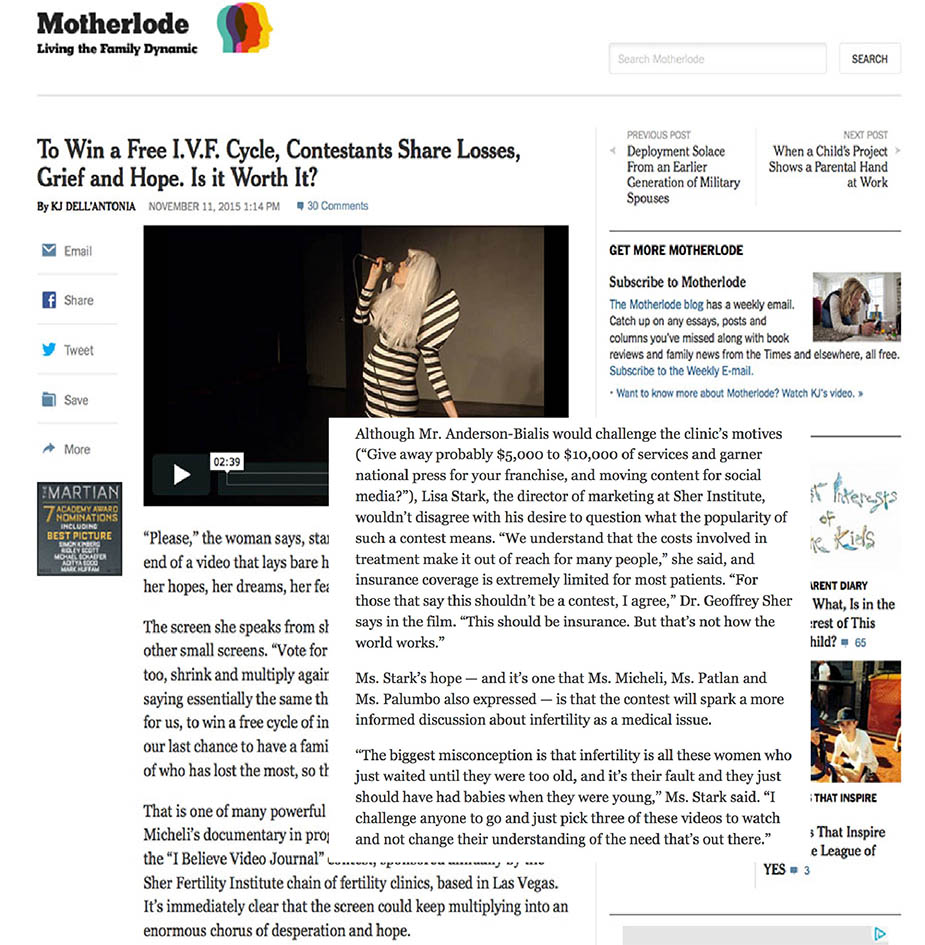
The I Believe Video Journal Project inspired a documentary film by an Academy-Award nominated filmmaker and was covered by the New York Times in November of 2015.
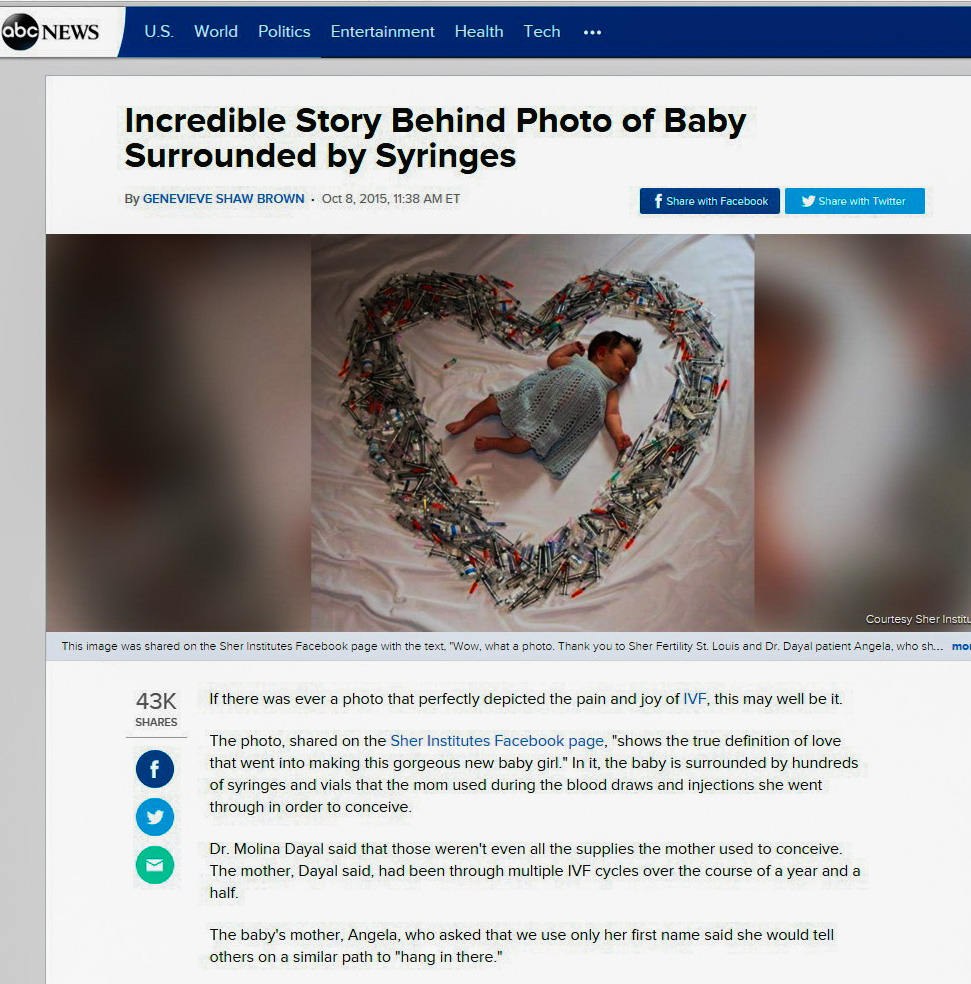
ABC News coverage
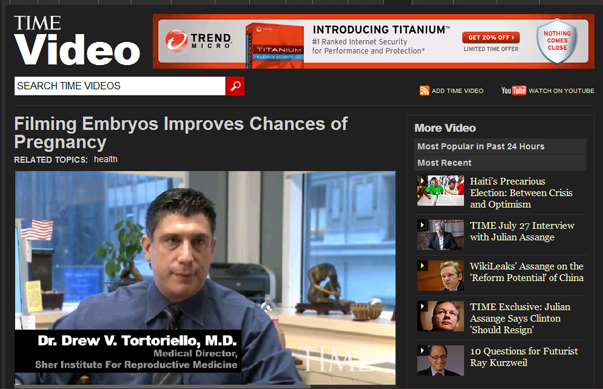
Sher doctor covered by TIME
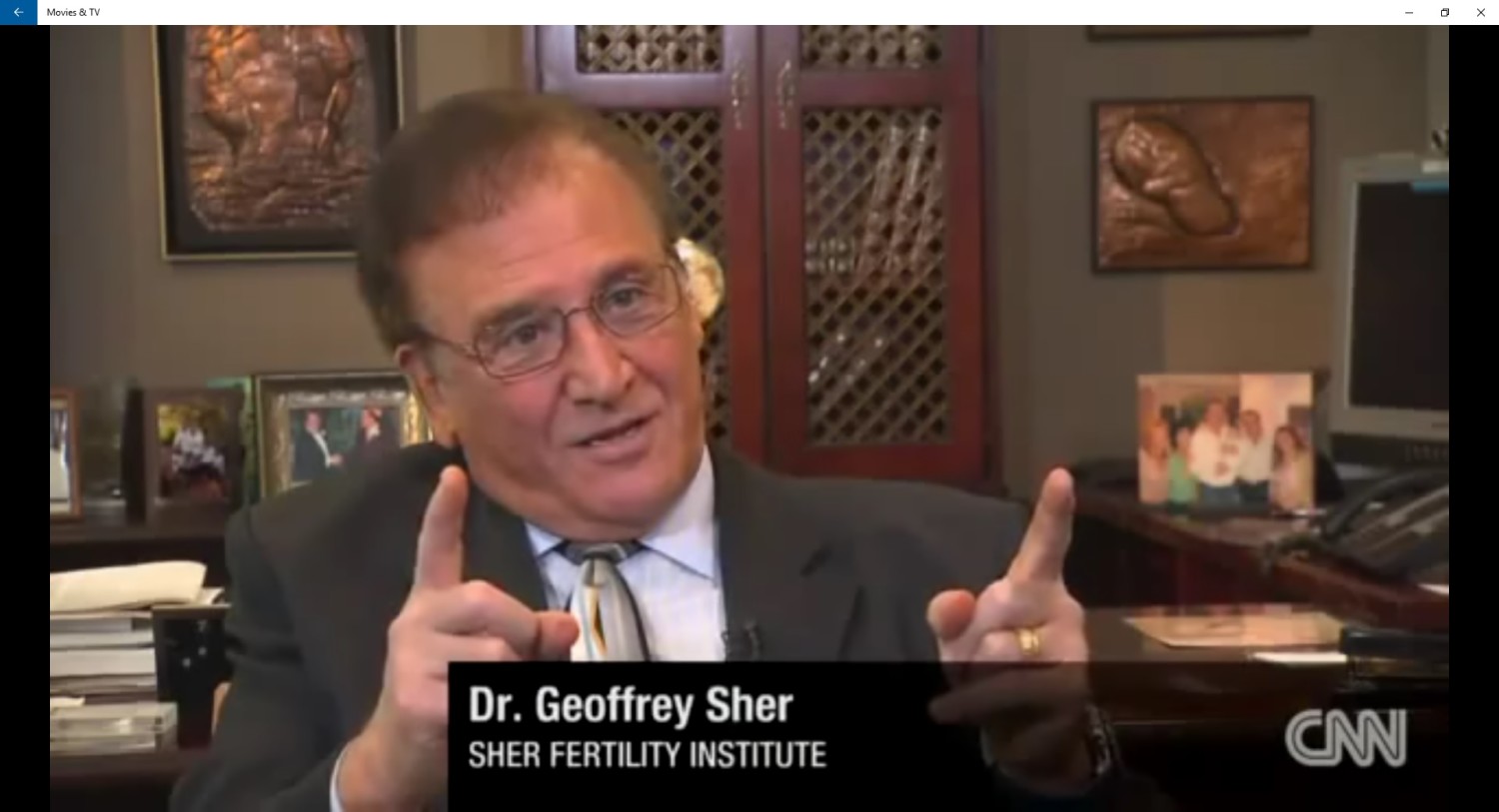
Dr. Sher on CNN

